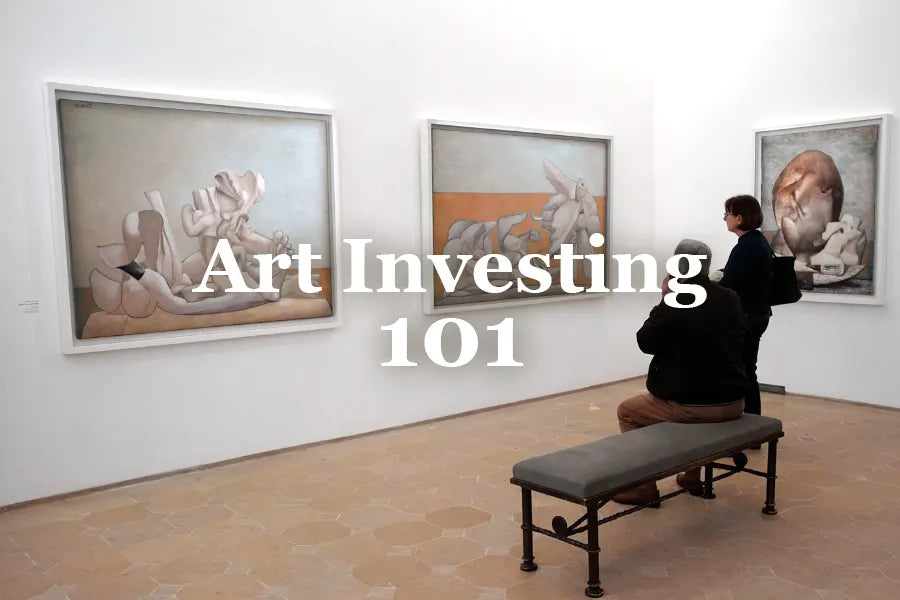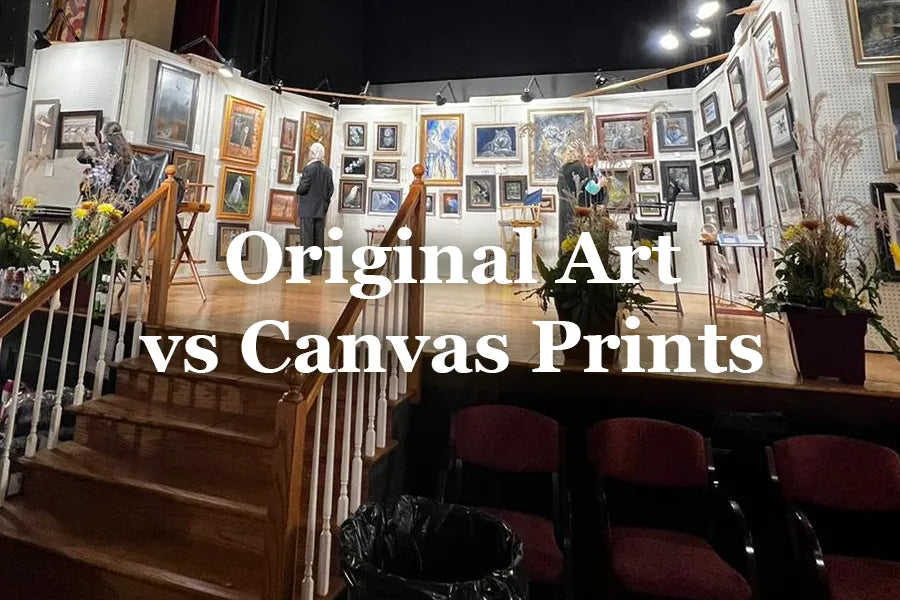The Romantic Period: How Emotion and Drama Transformed Landscape Painting
The Romantic era in landscape painting marks an extraordinary shift, where artists moved beyond capturing nature to infusing it with emotion and drama. This pivotal period gave rise to a new form of artistic expression, one that sought to reveal the emotional depth and sublime beauty inherent in the world around us. In this blog, we'll explore the groundbreaking artists, hallmark techniques, and significant themes that defined this transformative time in art history.
 "The Abbey in the Oakwood" landscape painting by Caspar David Friedrich {{PD-US}}
"The Abbey in the Oakwood" landscape painting by Caspar David Friedrich {{PD-US}}
The Essence of the Romantic Period
The Romantic Period spanned roughly from the late 18th to the mid-19th century. This was a time when artists began to emphasize the emotional and the sublime, breaking away from the rational and realistic themes of earlier periods. The focus shifted from precision to drama, imagination, and a strong connection with nature.
 "The Fighting Temeraire tugged to her last berth to be broken up" landscape art by J. M. W. Turner {{PD-US}}
"The Fighting Temeraire tugged to her last berth to be broken up" landscape art by J. M. W. Turner {{PD-US}}
Key Artists in Romantic Landscape Art
Among the key artist figures in the Romantic landscape art scene were:
- J.M.W. Turner: Known for atmospheric paintings featuring dramatic skies.
- John Constable: Celebrated for his detailed, realistic landscape paintings of the English countryside.
- Caspar David Friedrich: A German painter famous for his allegorical landscapes.
 "Salisbury Cathedral from the Meadows." landscape painting by John Constable {{PD-US}}
"Salisbury Cathedral from the Meadows." landscape painting by John Constable {{PD-US}}
Characteristics of Romantic Landscape Art
Emotional Depth
Romantic landscape art was characterized by emotional intensity. Artists aimed to make viewers feel something profound, going beyond just skillful execution.
Dramatic Scenery
The focus was often on awe-inspiring scenes designed to evoke feelings of the sublime. Romantic landscapes typically featured dramatic lighting, atmospheric effects, and powerful natural elements like storms or misty mountains.
 "The Sea of Ice" landscape painting by David Friedrich {{PD-US}}
"The Sea of Ice" landscape painting by David Friedrich {{PD-US}}
Focus on Individual Experience
Another defining characteristic was the focus on the individual experience. The concept of individualism became important, as artists were more concerned with personal experiences and perspectives.
Why It Matters Today
Understanding the Romantic Period's influence can deepen our appreciation for modern landscape art. The freedom to express individual perspectives and the emotional depth that this era introduced have been pivotal in shaping the work of countless artists who followed.
 "Rain, Steam, and Speed" landscape painting by J.M.W. Turner {{PD-US}}
"Rain, Steam, and Speed" landscape painting by J.M.W. Turner {{PD-US}}
Final Thoughts
So there you have it—a deep dive into the Romantic Period in landscape art. Whether you're an artist, a collector, or just someone who loves landscapes, understanding this era can greatly enrich your experience. The next time you're captivated by a dramatic and emotionally charged painting, you'll have the Romantic Period to thank for laying the groundwork.
Seeking a distinctive addition to your collection?
Explore the online gallery of Chuck Black original paintings.
Browse The Collection





